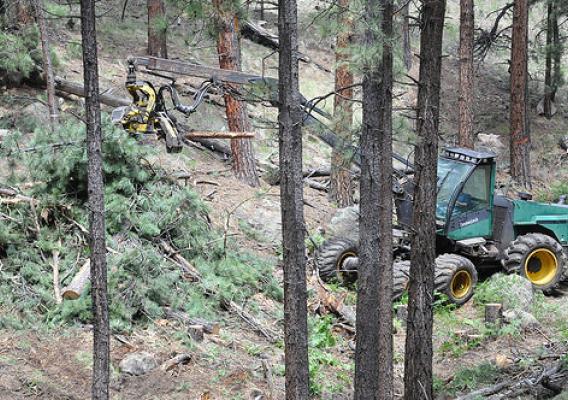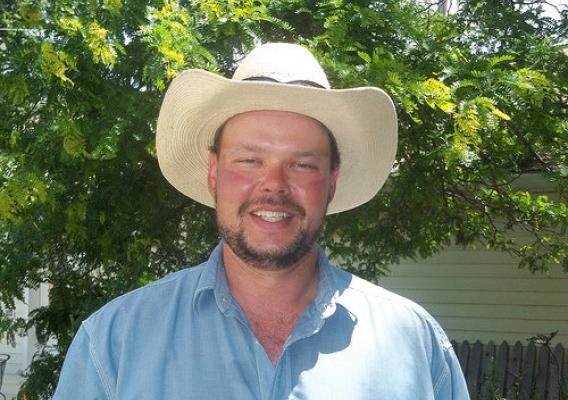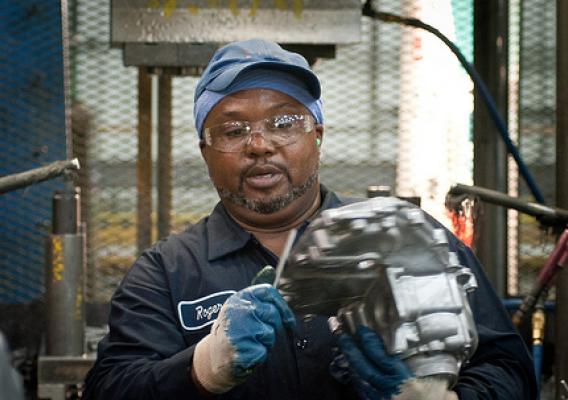The fifth and final stop on our #USDARoadTrip is the backbone of our nation’s rural economy — rural business. By making historic investments and streamlining access to capital for enterprises of all sizes, USDA is helping to build a productive and dynamic rural landscape capable of supporting America’s workforce.
Local businesses foster growth and prosperity not only by creating jobs in our rural communities, but by improving the overall quality of life outside of our urban centers. Whether it’s manufacturing, service-based, retail, wholesale, or farming, when business is booming in rural cities and towns, it adds to the breadth and depth of these communities and provides more opportunities. When rural Americans can find jobs, access healthcare, and buy groceries locally rather than travel fifty miles round-trip to the nearest big city, it saves them time, expense and helps to stimulate both the local economy and the American economy as a whole. Our investments in rural businesses are a strategic investment in all Americans.






